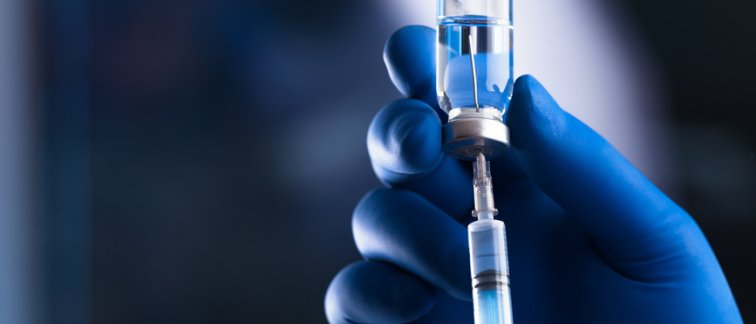ODAP is aimed at novel, promising orphan drugs for exceptionally rare non-oncological diseases. After EMA’s (European Medicines Agency) approval, it often takes a long time before these drugs reach patients’ bedsides. This is due to the fact that these drugs can only be reimbursed through the Dutch basic health insurance once they are proven to be sufficiently effective and safe. The ODAP trajectory provides a faster route towards accessible drugs for patients, through clear and effective arrangements about the use, data collection and prices of these drugs.
The new protocol will now be tested in a pilot phase, starting with the orphan drug Lumasiran. In the pilot phase, the ODAP-trajectory will be tested for 3-5 orphan drugs, to make final improvements to the protocol if need be.
Controlled accessibility
Carla Hollak (AGEM), professor of metabolic diseases and founder of the platform Medicine for Society (‘Medicijn voor de Maatschappij’): “one of ODAP’s strengths is that we can simultaneously gather additional information about long-term effectiveness and safety of the drugs, while arranging its accessibility and pricing. This allows us to, in a controlled manner, make these orphan drugs accessible faster”
The ODAP trajectory consists of several phases in which the drug manufacturers and insurance companies make specific price arrangements. In the first phases, when long-term effectivity of drugs can still be unsure, its price is set to reflect this insecurity. In consecutive phases, when additional information is gathered about the drug’s effectivity, its price is adjusted accordingly.
Kidney impairment
Primary Hyperoxaluria type 1 (PH1) is caused by the malfunction of one specific liver enzyme. This leads to the production of a toxic waste substance, which causes kidney stones, kidney calcification and, ultimately, kidney failure. Jaap Groothoff (AGEM), professor of paediatric nephrology, treats PH1-patients in Amsterdam UMC, location AMC: “Until recently, there was no effective treatment for these patients. Oftentimes, a combined liver and kidney transplantation was the only option”.
Recent studies have shown that lumasiran has a positive effect on PH1-patients. It is a promising orphan drug, since it blocks the production of the toxic waste substance that causes disease in PH1. Patients who were treated with lumasiran had lower concentrations of this toxic waste substance in their urine. Jaap Groothoff: “Whether this will ultimately lead to less kidney damage and a long-term improvement for patients, is still unknown. Thanks to ODAP, we can now start gathering this information while patients have access to this promising drug”. Lumasiran has now been approved by the European and American drug authorities (EMA & FDA).
ODAP
ODAP is an initiative from members of the ‘Ronde Tafel Weesgeneesmiddelen’. Financial support for the pilot phase is attributed by Zorgverzekeraars Nederland. The pilot is coordinated by the platform Medicine for Society (Medicijn voor de Maatschappij).

